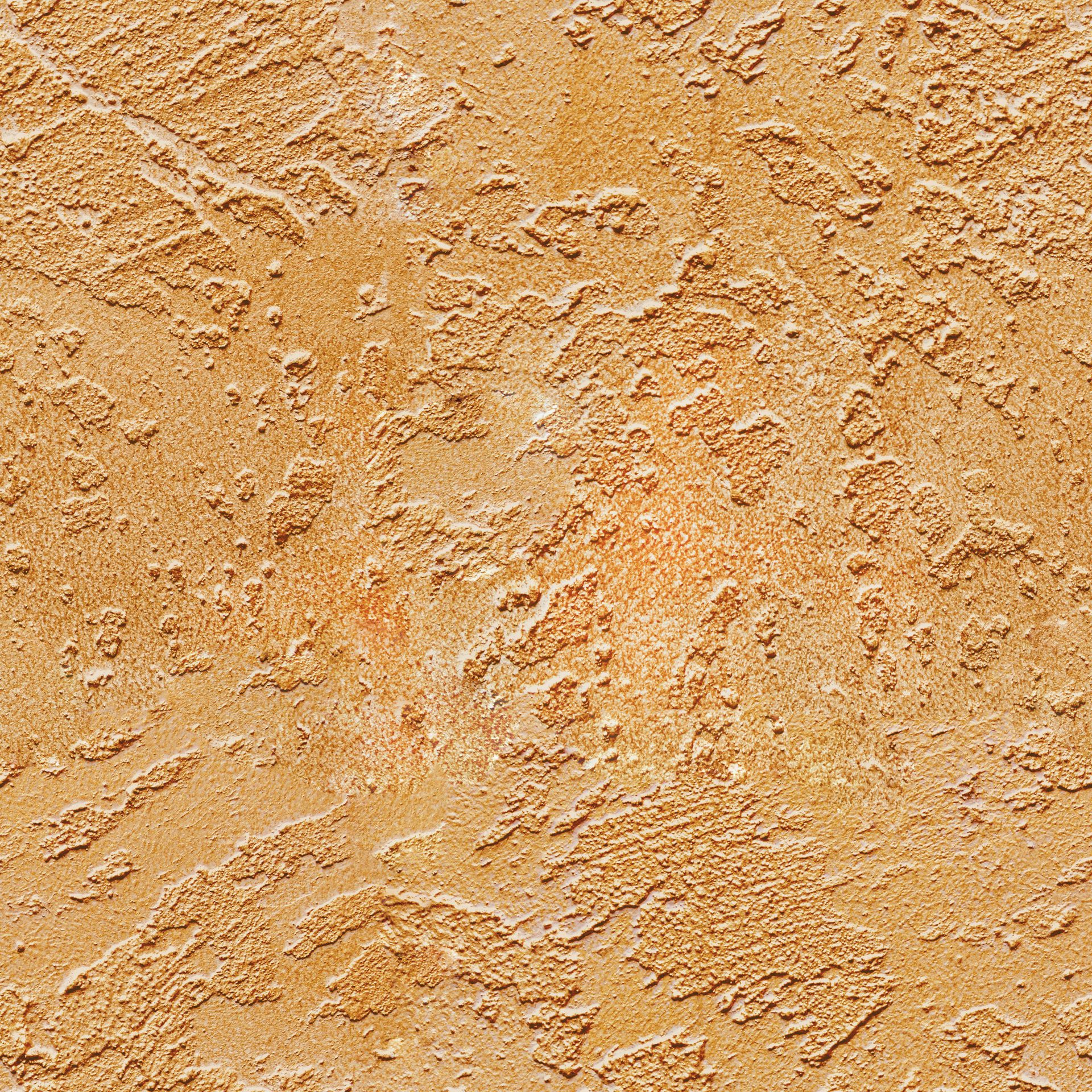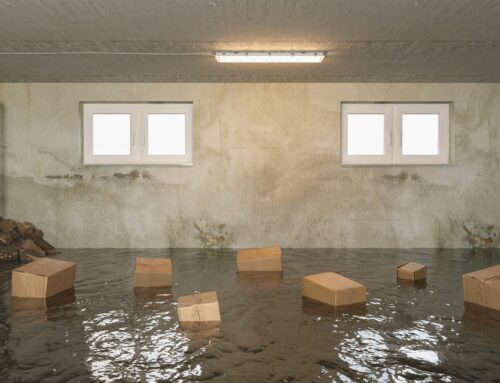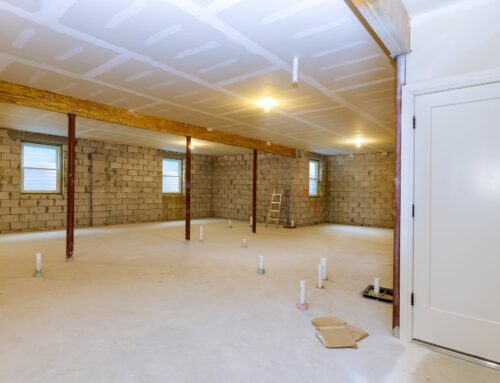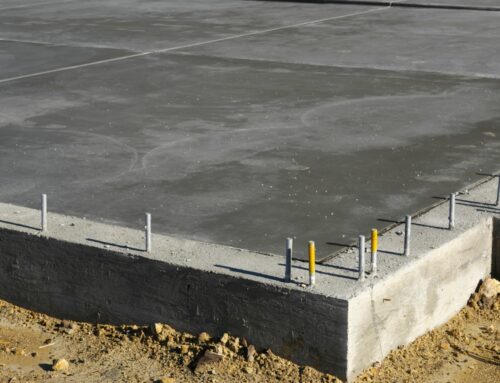Stucco is a concrete-like material that is often used in decorative walls and ceilings. Unfortunately, many people treat it much like concrete due to its hardness, although it isn’t concrete. This has led to many mishaps that result in expensive fixes to restore the stucco implementation once more. As such, before you work on your stucco, it is vital to know what you can and cannot do to the material.
That being said, one of the concerns you might have about stucco is whether you can drill into it or not.
What Happens When You Drill Into Stucco?
What exactly happens when you drill into stucco? Well, that will depend entirely on how you drilled it. With the right drill bit and the proper drill, you can indeed drill right into the stucco, leaving clean holes to work with. On the other hand, the wrong drill bit and drill can leave an absolute mess.
What Drill Do I Need for Stucco?
If you are making tiny holes, which is any hole less than or equal to 3/8″, you can get away with a standard drill. Especially if you are only making one or two holes, a standard drill will be enough for the job.
On the other hand, if you are trying to make holes larger than 3/8″, we recommend that you opt for a hammer drill or rotary hammer instead. They’re going to make life a whole lot easier. We do not recommend using standard drills for these because you lack the hammer action needed to punch a hole on the tough stucco surface.
What Drill Bits Do I Need for Stucco?
The bits you should be using for stucco include masonry-type bits with diamond tips as they are particularly sharp and hard, which is perfect for the job. If you are working with large bits, 1/2″ or larger, note that you might need an SDS-type of connection. This is because these bits are made for rotary hammers. If you are using a rotary hammer, you’re good to go. However, if you are using a drill driver, then you will need the SDS adapter to use the larger drill bits.
What Precautions Should I Take Before Drilling?
Before you start drilling, there are a few precautions you must take.
First, you need to know exactly where you want to drill. Be aware of any possible pipes or electrical wiring behind the wall, as you wouldn’t want to drill right through those things. Second, while drilling, take your time. If you rush the process, the job will be messy. Third and finally, once you’ve drilled a hole, you will need to seal up the perimeter of the hole. You can apply caulking around it to seal it thoroughly to prevent leaks.
Conclusion
With all of these things in mind, we hope you can safely and effectively drill through your stucco. Once again, remember to take your time and use the right tools. Rushing the process or using the wrong drill or drill bits will only lead to disappointing results, wasting your time and money. Don’t be afraid to reach out to professionals if you need help working with your stucco surfaces. They’ll know how to drill holes and more on your stucco surfaces, ensuring that they’re done properly and professionally.
One Stop Plastering offers over 60 years of experience working with residential and commercial stucco and plastering services in the Bay Area. If you are looking for interior plaster and stucco services, contact us today!






